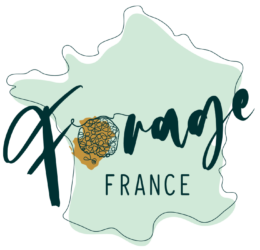A large nocturnal flying beetle that is attracted to light and can often be found bumping into windows or street lights.
Life cycle
Known as May bugs, they start to emerge and be seen during the month of May; however, they can actually be found, as adults, from Late April to July. Their adult lifespan is between five and seven weeks.
The female lays around 80 eggs in the soil using her pygidium which looks like a stinging point on the abdomen, to ‘inject’ eggs into the earth. The cock chafer is totally harmless to humans and carries no sting.The cockchafer larvae then spends between three and four years in the earth in depths of up to 100cm. They then work their way to the surface only in spring, hence the name “May bugs”.
Appearance

Because of their long development time as larvae, cockchafers appear in a cycle of every three or four years; the years vary from region to region. There is a larger cycle of around 30 years on top of that, in which they occur in the tens of thousands. They are found, more commonly, in the south of England, but are widespread in the UK.
The cockchafer has “feather-like” antennae that are splayed, the female has six fingers on the antenna and the male has an extra one making seven. As with many insects, it is thought that, the more complex the antennae the greater their sensitivity in locating breeding partners and food, detecting danger and possibly for navigation.

The word cock chafer derives from the late 17th century use of the word “cock” meaning size or vigour and to the English word “chafer” which simply means beetle. They are known by many colloquial names such as; May bug, doodle bug (mainly due to how loud it is when it flies), mitchamador, billy witch and spang beetle.
So get out and try to hear of see them flying around lampposts or hear external lights.
Enjoy
Tom








